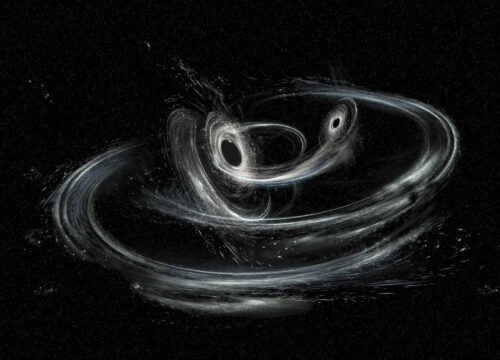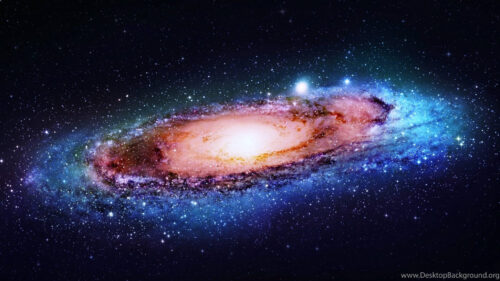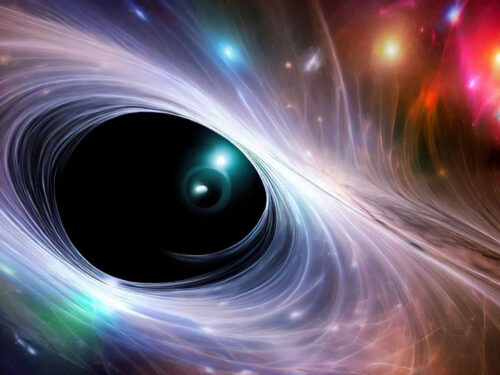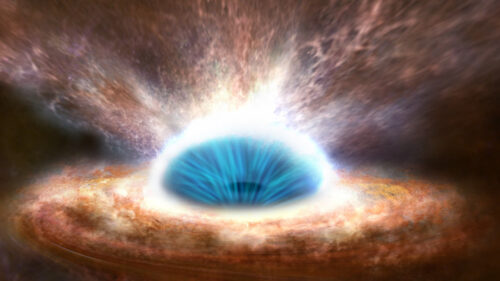
Theoretical physicists have recently made an intriguing discovery in the realm of space-time structures. Using string theory, a group of researchers has identified a unique phenomenon called a “topological soliton.”
These enigmatic structures bear a striking resemblance to black holes, but they differ in essence, representing defects in the fabric of the universe devoid of matter or forces.
In this article, we delve into the concept of topological solitons, their significance in space-time physics, and the potential implications for validating string theory.
Topological solitons have emerged as a fascinating subject of study in theoretical physics. These structures, when observed from a distance, mimic the appearance of black holes.
However, upon closer examination, they reveal themselves as defects embedded within the fabric of the universe, lacking an event horizon.
This unique characteristic challenges the traditional understanding of black holes and opens up new possibilities for exploring the fundamental nature of space-time.

In the pursuit of a comprehensive theory of gravity, scientists have proposed string theory as a potential candidate. According to this theory, all particles in the universe are microscopic vibrating loops known as strings.
To accommodate the observed diversity of particles and forces, these strings must vibrate in additional spatial dimensions that are curled up into minuscule manifolds, eluding detection in everyday experiences and experiments.
Researchers have extensively studied topological solitons to gain insights into their behavior and properties. By analyzing the behavior of light passing near these solitons, which bend space and time around them, scientists have discovered unique effects on the path of light.
To distant observers, these solitons appear identical to black holes, complete with shadows and rings of light. However, the absence of singularities and event horizons distinguishes them as natural defects within the fabric of space-time.
Topological solitons remain a theoretical construct based on our understanding of string theory, which is yet to be definitively proven as a viable update to our current understanding of physics.
However, these exotic objects serve as crucial test subjects, providing valuable insights into the fundamental principles governing our universe.

The ability to differentiate between topological solitons and traditional black holes through observation could pave the way for experimental tests and potential breakthroughs in validating string theory itself.
The discovery of topological solitons represents an exciting development in the field of theoretical physics.
These peculiar structures challenge conventional notions of black holes and offer a glimpse into the intricacies of space-time.
While the true nature of topological solitons remains hypothetical, their existence within the framework of string theory opens up new avenues for exploring the fundamental forces shaping our universe.

By further investigating the properties and behaviors of these enigmatic structures, scientists may uncover valuable clues towards a comprehensive theory of gravity and deepen our understanding of the fabric of space-time itself.
